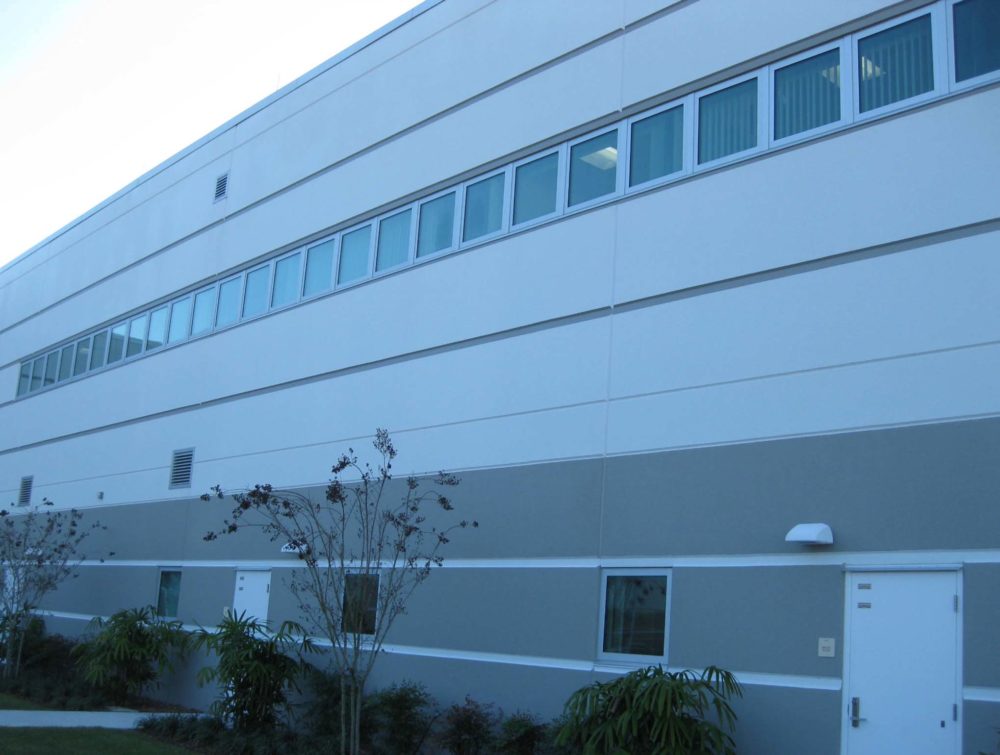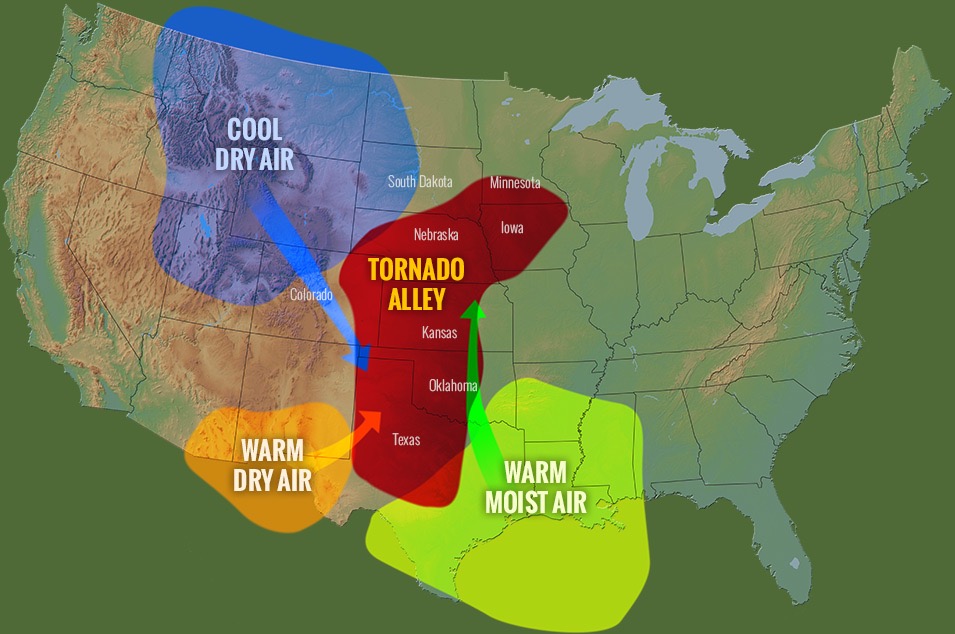Designing with tornado-resistant glazing

Photos courtesy Winco Window Co.
Product availability
Thanks to the years of work done by manufacturers to develop hurricane- and blast-resistant products, almost all major window companies have the capability to develop high-performance glazing products. However, tornadoes perform differently than hurricanes, and there are special considerations that need to be taken into account, such as the way the window systems are set into masonry or concrete.
Most test labs can test tornado strength winds. However, availability of certified products according to the American Architectural Manufacturers Association (AAMA) is another story. Manufacturers have not yet started certifying their tornado-hazard-mitigating products, but Dean Lewis, AAMA’s technical manager, believes this could change as demand improves. For example, a manufacturer who offered 1220 x 1524-mm (48 x 60-in.) fixed windows at 6.22 kPa (130 psf) in 2009 has developed mulled 2185 x 2590-mm (86 x 102-in.) products at 12 kPa (250 psf) in the years since. Other companies are beginning to look at testing products for tornado resistance as the market opens up. When choosing a window manufacturer, one should seek out those with engineers who are knowledgeable about tornado, hurricane, forced entry, and ballistic and blast special load requirements for windows and anchorage systems.
AAMA 512 standard in place
One of the first standards to be put in place, AAMA 512-11, Voluntary Specifications for Tornado Hazard Mitigating Fenestration Products, uses existing test methods and other procedures to qualify specially designed windows and other glazed fenestration products for tornado hazard mitigation. The document provides a system for rating the ability of windows to withstand impact, pressure cycling and water penetration, which are generally associated with tornado conditions.
This standard does not specifically address use in residential structures and is not intended to reduce the need to take shelter during tornado events. According to Intertek Building Products, a major test lab facility, plans are underway to update the document to be more like the International Code Council (ICC) 500, Standard for the Design and Construction of Storm Shelters, for the next generations of the International Building Code (IBC) and International Residential Code (IRC).

Figure 1: International Code Council (ICC) 500, Standard for the Design and Construction of Storm Shelters, mandates storm shelters for certain geographic areas and certain building uses in the 402-km/h (250-mph) wind map zones – the region often thought of as “Tornado Alley.” This includes the plain states where cool/dry, warm/dry, and warm/moist air from neighbouring states meet to cause tornadic conditions.
Image courtesy U.S. Geological Survey
Understanding the ICC 500
ICC 500 is a standard for storm shelter design and construction and is adopted by reference in the 2015 IBC. It mandates storm shelters for certain geographic areas and certain building uses that are in the 402-km/h (250-mph) wind map zones (Figure 1). Those include critical facilities such as:
- 911 call stations;
- emergency operation centers;
- fire;
- rescue;
- ambulance; and
- police stations.
Group E occupancies, which include schools, must be able to accommodate the total occupant load of 50 people or more. Other facilities—such as hospitals, public stadiums, and arenas—must provide some form of tornado storm shelter.
Performance requirements for storm shelters far exceed normal building code requirements. Different criteria must be considered since the majority of adjacent non-shelter structures may be destroyed or damaged during an extreme wind event. The building envelope may be perforated by windborne debris, adjacent taller structures, objects collapsing onto the shelter, and vehicles rolling over. It is critical a continuous load path from all shelter components to the supporting foundation is designed.








